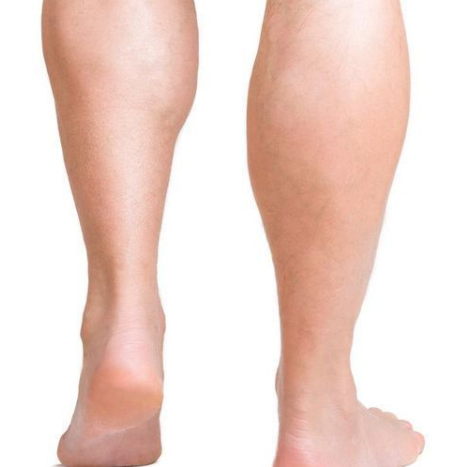What you need to know about Calf Implants
Contents
Calf implants, also known as calf augmentation, are products made of silicone that are designed to improve the size and enhance the appearance of the calf area of the lower leg. Calf implant can be performed in both women and men. You may consider this procedure if you are concerned with the appearance of your lower legs. Bodybuilders or people with physical disabilities or injuries may also undergo this procedure.
Here are some reasons to consider calf implants:
-
To tone and define the lower legs if you cannot achieve it with exercise alone (inability to achieve muscle definition).
-
To correct a muscle imbalance that results from physical or birth defects.
-
To make your lower leg more anatomically proportionate to your thigh (mostly for women).
-
To emphasize the bulk of your calf muscle (mostly for men).
To correct defects in your lower leg that results from injury, birth conditions (such as spina bifida or clubfoot), or disease (such as polio).

What does the Procedure Involve?
On your initial consultation with your plastic surgeon, your leg will be measured to determine the right size of implant for your calves. You may also choose the implant material you want: silicone-gel implants or solid silicone implant.
Before the actual procedure, you will be given intravenous sedation and local anesthesia or general anesthesia. In some cases, an epidural blockade may be used instead. You will have to lie face down on the operating table.
During the procedure, your plastic surgeon will create an incision at the back of the knee, through the skin and fascia (a sheet of connective tissue) that covers the gastrocnemius muscle. Your surgeon will then create a snug pocket just beneath the fascia (subfascial), or within the calf muscle (submuscular). The snug pocket is made large enough only for the implant. The silicone implant will be inserted through the incision to the sung pocket. Depending on the result you want to achieve, your surgeon may place a second silicone implant alongside the first to give your calf greater shape.
Once your surgeon is done placing the implant, they will examine the leg and close the incision with sutures. You will then be positioned to lie flat on your back, facing up, and taken to recovery.
How Long Should I Stay in the Area?
Calf implant surgery is usually performed as an outpatient procedure. This means that you can leave the hospital on the same day after the effects of anesthesia and sedative wear off. It is advisable that you stay in the area for at least 7 days to let your body recover before traveling. You may also need to attend a follow-up checkup, where your doctor checks your condition and remove the stitches.
What’s the Recovery Time?
Full recovery time until you can resume your normal activity, such as exercise and heavy lifting, generally takes around 4 to 6 weeks. However, you should be able to resume some of your daily activities, including work (office job), within 1-2 weeks.
What About Aftercare?
After calf implant surgery, your plastic surgeon and medical team will give you comprehensive post-operative instructions that you must follow. Here are some points you need to remember:
-
Do not consume alcohol for about three weeks.
-
Wear a compression bandage for two weeks following your surgery.
-
If drains are placed, your doctor will tell you how to take care of it.
-
Take antibiotic and pain medication as prescribed.
-
Start to walk around your hotel room on the second day after the surgery. You will be encouraged to gradually walk a greater distance.
-
Elevate your legs as often as possible to reduce swelling and discomfort.
-
Have someone help you during the first few days.
What’s the Success Rate?
Calf implant surgery is a safe and effective procedure. It has a high success rate and most people who have this surgery are pleased with the results. They also reported that they have a stronger and more balanced lower body.
It is important to remember that any surgery can pose risks and side effects. The side effects of calf implant surgery may include swelling, bruising, redness, and discomfort. Some people also experience side effects of anesthesia, which may cause nausea and vomiting. The risks of the procedure include infection, excessive bleeding, and rupture or misplacement of the implant.
Are there Alternatives to Calf Implants?
The alternative to calf implants is fat transfer, which involves transferring fat from other areas of your body to your calf. However, this procedure is best if you only want to make your calf slightly bigger. If you wish to have significantly bigger and toned calves, calf implants are the best option.
What Should You Expect Before and After the Procedure
Before calf implants, you may not like the appearance of your lower legs, want a more toned look, or have defects in your lower legs. After the procedure, you should achieve the appearance that you desire and any defects should be corrected. Your calves will be enhanced, defined, and toned. The results may make you feel a lot more confident as well.
For an in-depth analysis of a Calf Implant Procedure, watch this short video.
To check prices or to book a Calf Implant Procedure, in Thailand or anywhere else in the world, head on over to MyMediTravel now!

